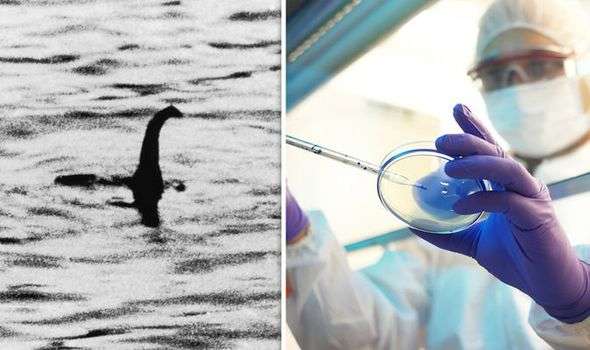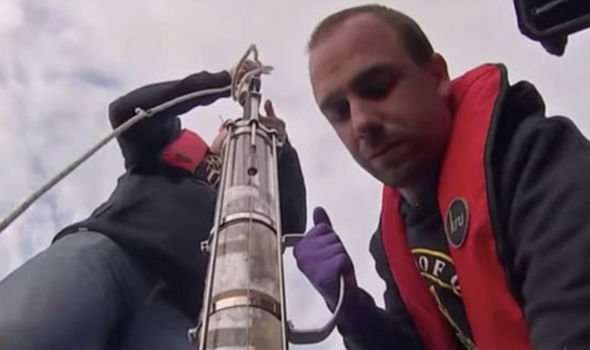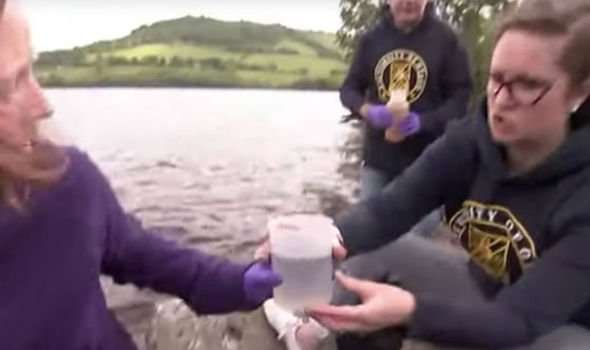THE Loch Ness Monster has been the source of global interest since the bizarre apparent sightings of a large, long-necked animal in the Scottish Highlands almost a century ago, but scientists may finally be a step closer to unravelling the mystery.
Nessie is a folklore legend said to inhabit the waters of Loch Ness, Scotland, and has gained worldwide attention due to numerous unexplainable signings over the years. The scientific community regards these reports as a phenomenon without biological basis, explaining sightings as hoaxes, wishful thinking, and the misidentification of mundane objects. But Dr Neil Gemmell, from the University of Otago, threw that opinion into contention after his research team from New Zealand extracted genetic samples at different depths all over the loch in a bid to establish what lives within.
Trending
After a year of study, the team found over 3000 species in the lake, some so small they are unidentifiable to the human eye, but there was no trace of a monster.
Dr Gemmell in 2019: “There is a very significant amount of eel DNA.
“We can’t discount the possibility that what people see and believe is the Loch Ness Monster might be a giant eel.
“’Divers have claimed that they’ve seen eels that are as thick as their legs in the loch, whether they’re exaggerating or not, I don’t know, but there is a possibility that there are very large eels present in the loch.


“Whether they are as big as around four metres, as some of these sightings suggest, well, as a geneticist I think about mutations and natural variation a lot, and while an eel that big would be well outside the normal range, it seems not impossible that something could grow to such unusual size.”
However, Dr Gemmell also admitted 20 percent of the DNA came back as “unidentified,” but clarified “there is probably not a giant scaly reptile swimming around Loch Ness.”
He added: “We can collect that DNA and obtain a very accurate indication of what the species was that shed that material, and over time you can collect quite a large body of information from literally a litre of water.”
But Nessie hunters said that small “unidentified” amount, is enough to carry on the search.
Steve Feltham, who holds the Guinness World Record for the longest continuous vigil on the banks of Loch Ness told the Telegraph in 2019: “I’ll keep looking.

“A 12-year-old boy could have told you that eels live in the loch.
“These scientists are simply out to make a name for themselves.
“The fact is that people have seen large creatures here for years.”
Scholars of the Loch Ness Monster find a dozen references to “Nessie” in Scottish history, dating back to around 500AD, when locals carved a strange aquatic creature into standing stones.
However, it was not until 1933 until it became known internationally.
DON’T MISS
Stephen Hawking’s ‘black hole time machine’ proposal to NASA [REVEALED]
Stonehenge breakthrough: Julius Caesar letter exposes ‘secret’ [VIDEO]
Antarctica discovery: Century-old letter reveals shock find [PICTURES]


On May 2 that year, a local Scottish couple revealed to the Inverness Courier how they spotted “an enormous animal rolling and plunging on the surface”.
The story of the Loch Ness Monster became a media phenomenon overnight and British newspapers soon sent reporters to the scene.
After a few days searching the loch, hunter Marmaduke Wetherell reported finding footprints.
Plaster casts of the footprints were sent to the British Natural History Museum, which reported that the tracks were that of a hippopotamus.
That did not stop scores of tourists from descended to Loch Ness though, armed with binoculars and deck chairs, hoping to get a glance of the beast.
Sourse: www.express.co.uk





